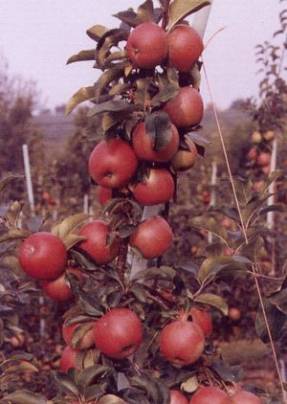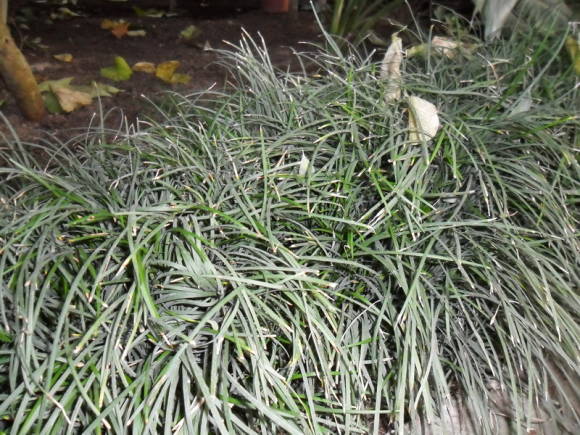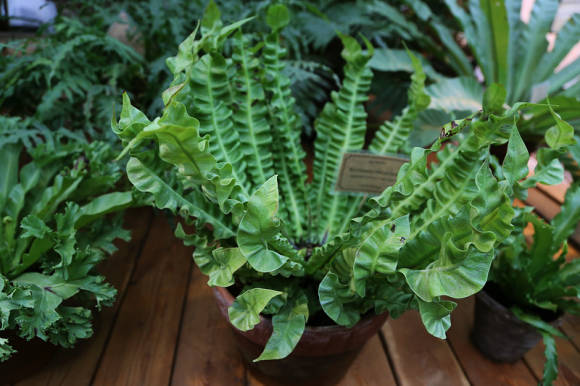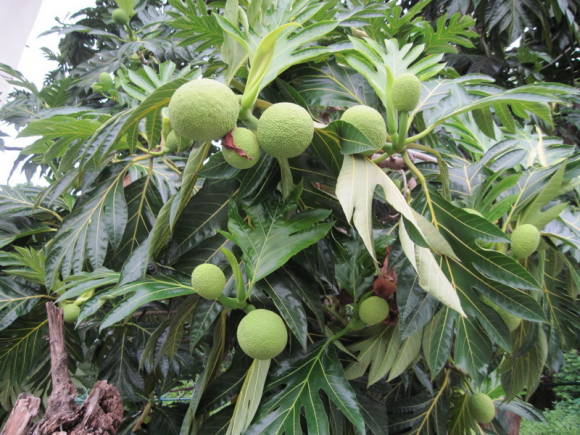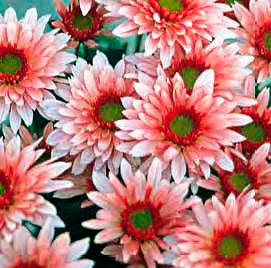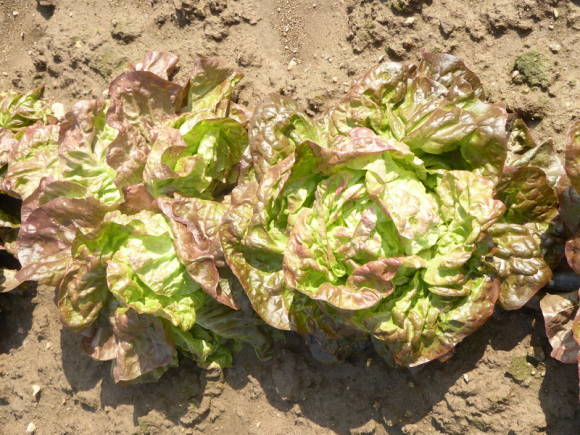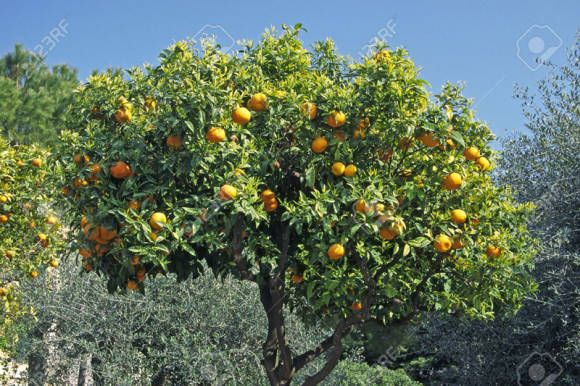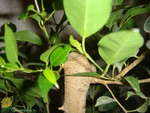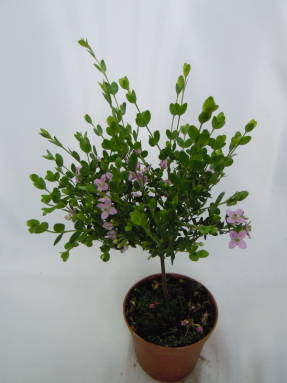
The thorny fruits of this tropical plant have not only a pleasant taste, but also healing properties. This exotic is often called Antillean or horned cucumber.
Anguria is native to South America. It is an annual plant from the pumpkin family, a close relative of the famous cucumber. The pumpkin family also includes zucchini, lagenaria, tladianta, squash, loofah, zucchini and, of course, pumpkin.
In nature, there are many varieties of anguria, differing in the shape of the fruit and the size of the thorns on them.
Anguria is a powerful herbaceous vine with very long creeping and pubescent stems with numerous tendrils. These stems are thin and fragile. They can reach lengths of up to 3 meters or more, while they branch very strongly. Anguria leaves are strongly dissected and very similar to the leaves of the well-known watermelon.
Anguria is a dioecious plant with flowers of a male and female structure. Therefore, the flowers of this liana need pollination by insects or by hand.

Anguria is cultivated both as a vegetable and as an ornamental crop. This climbing plant is placed along fences, on the south side of buildings, around the crowns of fruit trees. Its flowers are yellow, small. The abundance of flowers and original leaves makes it an extremely decorative plant, especially when it grows on a trellis.
Anguria fruits are oval, light green, up to 6-7 cm long, up to 4 cm in diameter, the size of a small orange. They are covered with juicy large thorns and have long stalks. No wonder this Antillean cucumber is called "hedgehog". By the time of the onset of seed ripeness, they acquire a bright yellow-orange color. The biological ripeness of fruits occurs approximately 70 days after germination.
These fruits are extremely decorative and can be used to create original compositions and as Christmas tree decorations.
With good care and a long warm period, up to 70–80 or more fruits can form on one plant. It bears fruit from early July until frost. The seeds are small, cream-colored.
Read also articles:
- Growing Anguria
- Anguria in cooking
"Ural gardener", No. 22, 2019
